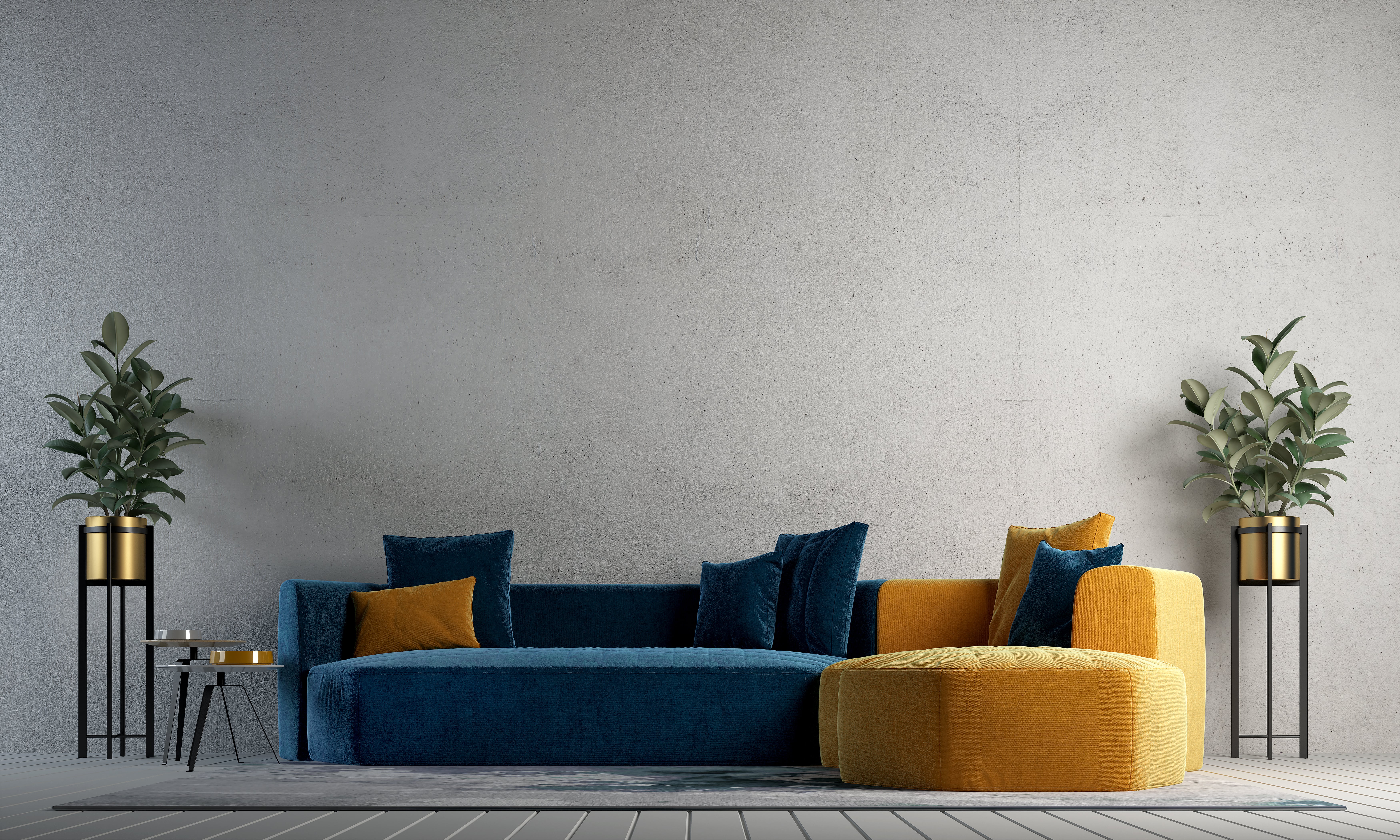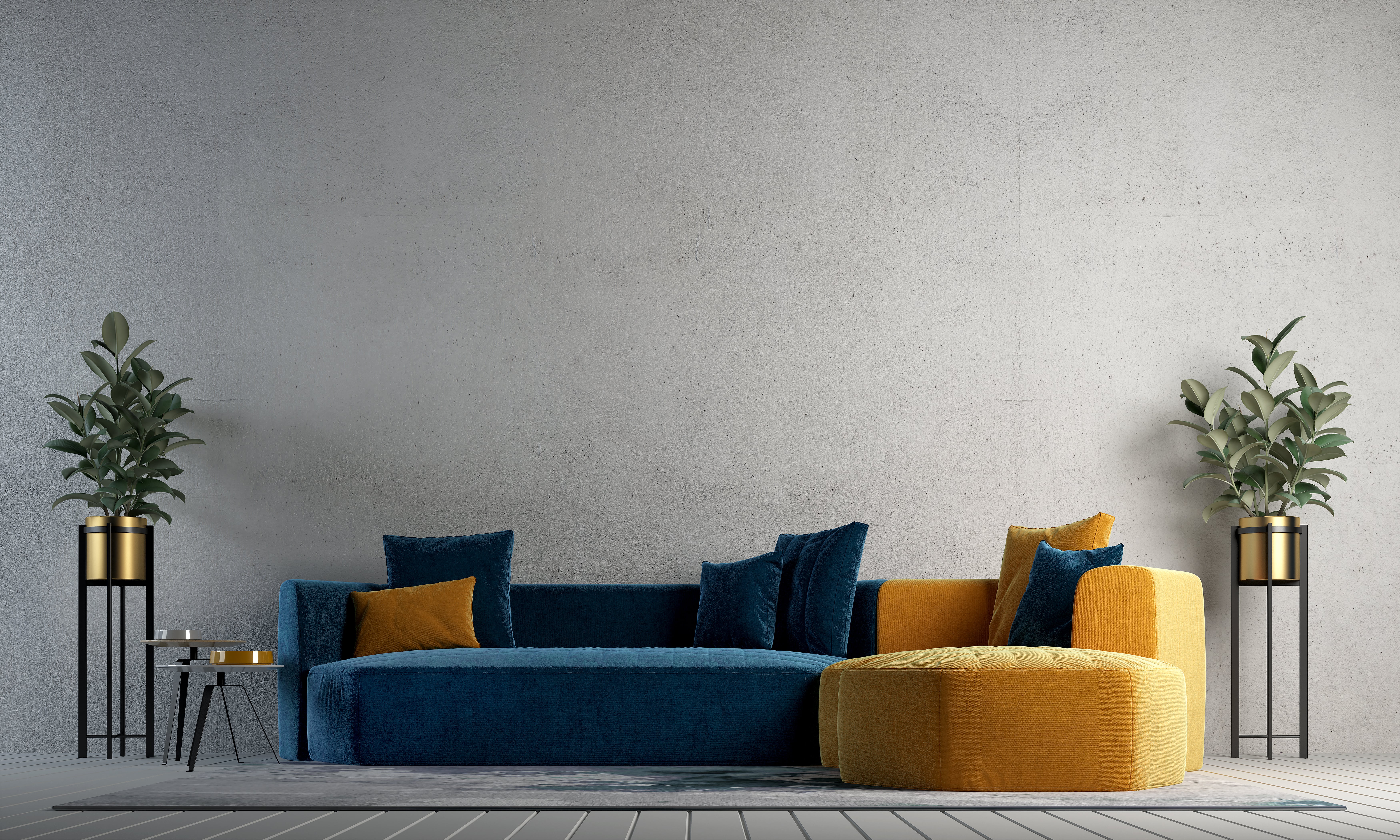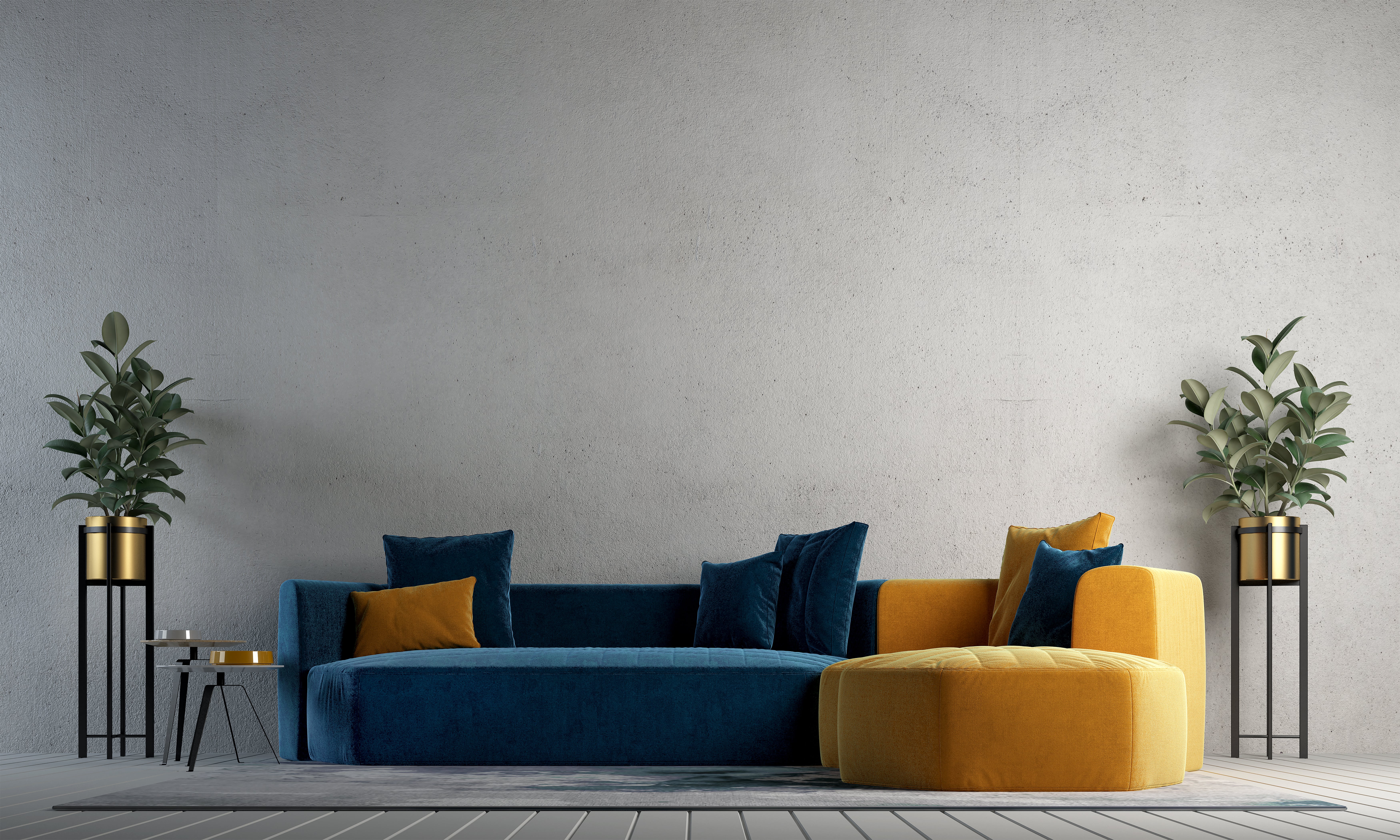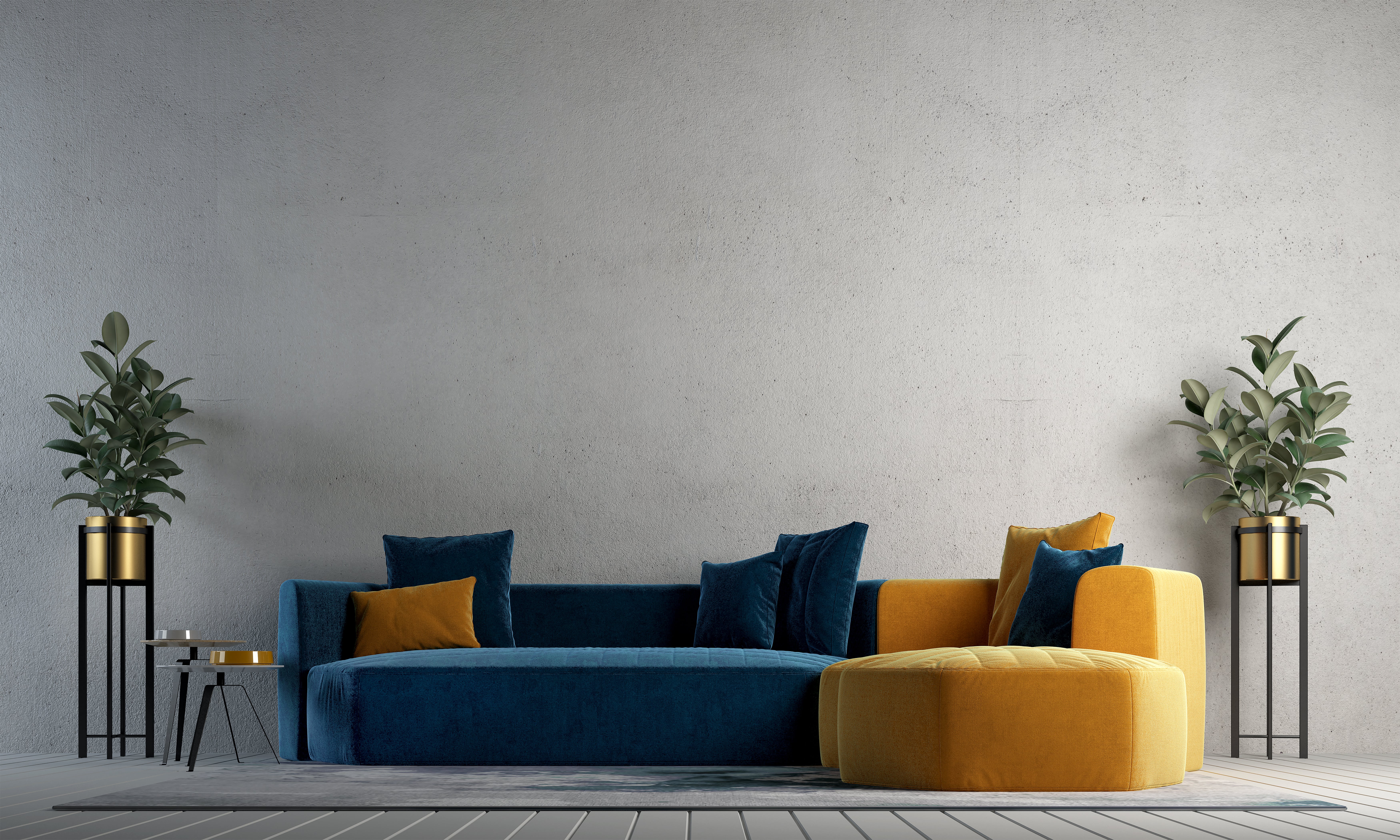Finishing is the added processes
after the production and print process. Print finishing can incorporate a
wide range of processes that can provide the final touches to a piece
of work. It's important to consider that after a piece of work is
printed, it often needs binding which is a finishing
process itself, the most common finishing processes are die cutting,
foil blocking, varnishing embossing and die cuts to name just a few.
Finishing processes may on the
surface look like a decorative and fancy added element to a printed
piece but they also can have a very important role to play in the
success of a product and its durability. For example, a die cut alters
the physical product for possible functionality or may provide a window
for which other parts of the publication can be viewed, more on this on
the die cut pages.
Binding
Binding is a collective term given for a range of processes which hold and fasten a publications pages together. These binding methods aid function, decisions on binding that necessarily affect the printed pieces robustness, longevity and form. When used creatively binding adds an aesthetic touch that amplifies messages and intentions.
Binding is a collective term given for a range of processes which hold and fasten a publications pages together. These binding methods aid function, decisions on binding that necessarily affect the printed pieces robustness, longevity and form. When used creatively binding adds an aesthetic touch that amplifies messages and intentions.
Perfect bound
A popular method of binding books printed with digital technology is
perfect binding. It is one of the most automated of the binding
processes, which makes it inexpensive. The low cost makes it an
extremely popular choice for binding a variety of books. Perfect binding
is used to bind many types of publications including magazines,
catalogs, paperback books, and telephone directories.
Perfect binding is an easy and inexpensive method of binding single sheets into a book. Many digital books are printed as stacks of single sheets rather than groups of folded sheets (signatures). The single sheets are gathered, stacked, and placed in special equipment in which the binding edge is covered with glue. A cover is attached to the book and is held in place by the glued spine. The title and other pertinent information are often preprinted on the area of the cover that attaches to the binding edge. Perfect binding is most successful when the paper grain runs parallel with the spine of the book.

Saddle stitch
Folded sheets are gathered together one inside the other and then stapled through the fold line with wire staples. The staples pass through the folded crease from the outside and are clinched between the centre most pages. Two staples are commonly used but larger books may require more staples along the spine.
The limitation on the number of pages that should be contained in a saddle wire stitched book is due to a phenomenon called page "creep". Page creep is a characteristic of booklet binding in which the inner sheets stick out farther than those closer to the outside due to the paper thickness. When the edges of the booklet are trimmed flush after stitching, the width of the innermost sheet will be the narrowest in the book, with each successive sheet being wider than the next one (working from the inside of the book to the outside). The printed area of each page will appear to get farther from the outside margin, as you go from the inside of the book to the outside.
Loop stitch
Comparable to saddle stitching, but with a different effect. Loops are created with wire along the external spine in order to insert and secure the document into a 3-ring binder. Great option for information instalments that can be added to larger collection.



Perfect binding is an easy and inexpensive method of binding single sheets into a book. Many digital books are printed as stacks of single sheets rather than groups of folded sheets (signatures). The single sheets are gathered, stacked, and placed in special equipment in which the binding edge is covered with glue. A cover is attached to the book and is held in place by the glued spine. The title and other pertinent information are often preprinted on the area of the cover that attaches to the binding edge. Perfect binding is most successful when the paper grain runs parallel with the spine of the book.

Folded sheets are gathered together one inside the other and then stapled through the fold line with wire staples. The staples pass through the folded crease from the outside and are clinched between the centre most pages. Two staples are commonly used but larger books may require more staples along the spine.
The limitation on the number of pages that should be contained in a saddle wire stitched book is due to a phenomenon called page "creep". Page creep is a characteristic of booklet binding in which the inner sheets stick out farther than those closer to the outside due to the paper thickness. When the edges of the booklet are trimmed flush after stitching, the width of the innermost sheet will be the narrowest in the book, with each successive sheet being wider than the next one (working from the inside of the book to the outside). The printed area of each page will appear to get farther from the outside margin, as you go from the inside of the book to the outside.
Loop stitch
Comparable to saddle stitching, but with a different effect. Loops are created with wire along the external spine in order to insert and secure the document into a 3-ring binder. Great option for information instalments that can be added to larger collection.
Bellyband
A bellyband looks much like a portion or strip of a dust jacket and performs in a similar way. A bellyband can be used functionally to hold a collection of loose leaf pages together or decoratively and as an added layer of protection. When used decoratively as part of a well designed publication they seem to lair an air of importance, the idea of a certain graphical luxury.
Open spine
Wire-O
Highly popular Wire-O option uses formed wire that threads through punched holes. This allows books to lay flat when open. Wire loops are available in variety of colours to coordinate with cover colour. A durable option for a wide variety of project types

Spiral bind
Utilises a smooth round coil to hold pages together. Allows book to lie flat when open or pages can be turned all the way around to the back if desired.Wire is threaded through punched holes and then Ends are crimped to prevent wire slipping off. Spirals or coils are available in variety of colours.

Comb/Plastic bind
Economical method suitable for manuals and books that need to lay flat when open. Using rectangular holes punched through the document, the plastic comb?s rings are threaded through holes. Page edges at spine are covered by plastic comb.

Loose leaf binding
A way in which single sheets are held/presented as one allowing for sheets to be added or removed, it's also a cost effective way of binding sheets because there's generally little effort or time involved in these processes.
Unbound
A printed piece that has no binding often including include single flyers or pamphlets, newspapers and more elaborate, folded pieces. Folding enables the printed sheet to be turned into a signature containing various pages or panels.
Self binds
A self bind is a pretty much what it says on the tin, it is anything that the reader rebinds after use, this can include; slipcases, elastic bands, prong fasteners and folding.
Folding
Folding is a cost effective, simple finish that can be used for aesthetic reasons as well as serving a functional purpose. Even though it is simple and pretty straight forward to understand there are specifics to consider such as;
Scoring- heavy paper and board weights need to be scored before folding to prevent cracking and buckling, ensuring the fold is clean and sharp.
Multiple folding- some print jobs such as maps require a sheet to be folded down multiple times so the finished product size is much smaller. A common problem is 'crows feet' which is where wrinkling appears and spreads out from the points of the folds. This problem can be easily avoided by using concertina folds or perforation along the fold lines which allows air to escape as it is being folded.
Die cut
Die-cutting is a process used in many different industries to cut a thin flat material (such as paper) into a specific shape using a steel cutting die. It can be used to punch out a decorative shape or pattern to incorporate within a larger piece, or it can be used to create the main shape of an object by cutting the entire sheet of paper in an distinct/designed way. More simply put: for us it’s way of making a hole in paper in a desired shape using the same presses that we use for letterpress printing.
Foil blocking
Foil blocking is a process involving coloured foil which is pressed onto the stock via a heated die, the heat causes the foil to separate from it's backing only where the heated die touches it, the die relief prints the foil into a stock. There are a couple of other ways of foiling without actually using a die;
First you can screen print a glue formula onto the stock which the foil is then placed onto once it becomes tacky or hardens, it's then placed in a heat press for 12 seconds at 160, the heat softens the adhesive which forms a bond with foil meaning the design that was screen printed is now foil.
Or there is a more DIY version which involves printing of what is required to be foiled from a toner printer as a black negative. The foil is then placed on top of the design shiny side up and fed through a laminator with a few protective sheets top and bottom to prevent it from melting. The toner acts in the same way as the adhesive does by bonding with the foil when heated.
Varnishing
A varnish is a colourless coating that is often applied to a printed piece to add a shine or gloss. It protects the ink from smudging or blurring and the substrate from scuffing. It also increases colour absorption by locking in the printing ink under a protective coat which can make the inks look more vivid and saturated.
Typically varnishes are applied to the entire page surface when a page needs to be robust but without adding too much weight to the paper stock, making it suitable for magazine pages, covers and brochures. However there is a finish that allows the varnish to be applied to highlight discrete areas of a design, especially on matte surfaces thus giving a texture and focal interest to different areas of the printing surface while leaving other areas uncoated. This is called spot varnishing and is often referred to as a 'spot UV', the UV varnish provides more shine than a usual varnish from being cured by ultraviolet light.
Emboss & Deboss
An emboss or deboss is a design that is stamped into a substrate to create a raised or recessed impression, sometimes with a combination of ink or foil using a die. The process of embossing is a highly decorative one and mainly used for aesthetics, but it can also serve a purpose and be highly functional; braille and credit card numbers.
Embossing involves the creation of an impression by placing the dies in contact with the stock under high pressure. Different kinds of stock react differently to the process of embossing; In general the more processed a paper is the weaker it becomes and cannot withstand the pressures of embossing. The depth and the degree of bevel achieved are determined by the stock. A thicker stock can offer more dramatic embossing effects because the impression can push deeper into the paper and varying levels of relief become possible.
Blind emboss/deboss
Blind embossing does not include the use of ink or foil to highlight the embossed area. The change in the dimensional appearance of the material is the only noticeable difference resulting from the embossing. The blind embossing process provides a clean and distinctive or subtle image on paper stock. It is best used to create a subtle impression or low level of attention to the piece, yet provide some slight form of differentiation for the finished work.

